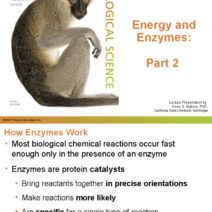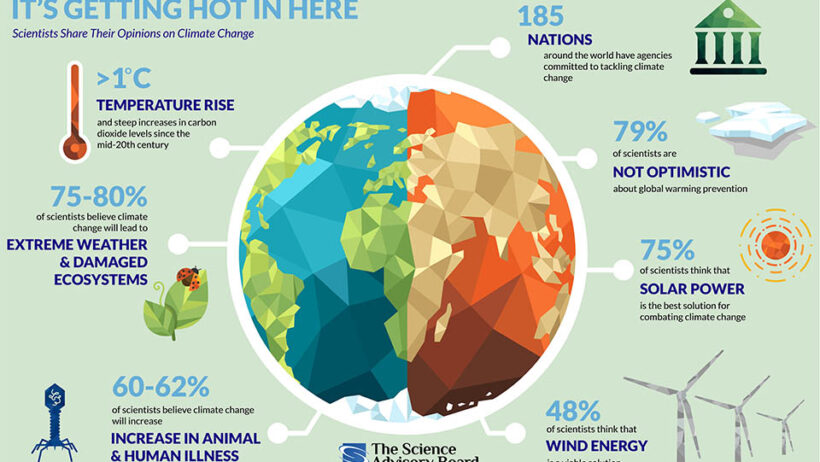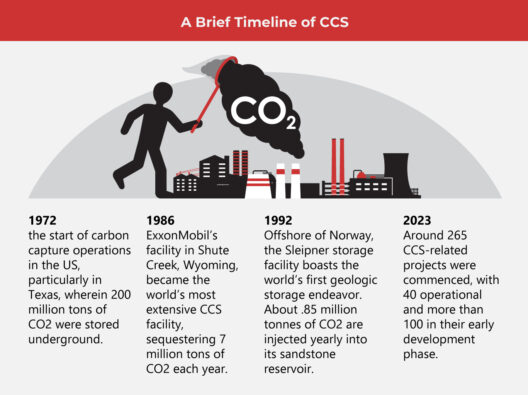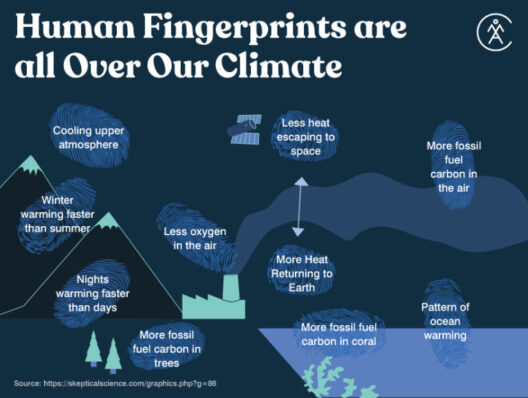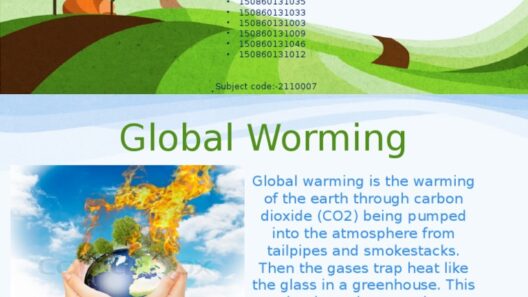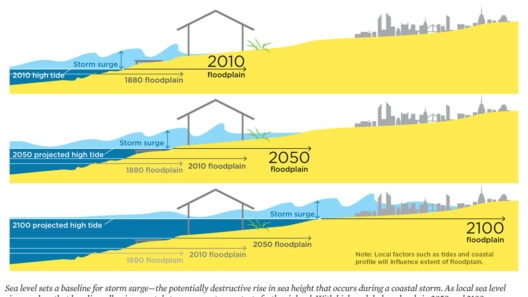When we navigate the complex labyrinth of climate change discourse, one might overlook an often-ignored player in the ecological theater: cattle. While ruminants have been historically viewed in the context of pastoral beauty and agricultural sustenance, their inextricable link to global warming necessitates a reevaluation. This discourse aims to unearth the nuances surrounding cattle grazing, elucidating both its detrimental impacts and potential avenues for ecological restoration.
The partnership between cattle and climate is multifaceted. At the crux of this relationship lies the phenomenon of methane emissions, produced during digestion through a process known as enteric fermentation. Methane, a gas with a global warming potential over 25 times that of carbon dioxide within a 100-year frame, has become emblematic of livestock agriculture’s environmental footprint. The livestock sector is responsible for nearly 14.5% of global greenhouse gas emissions, a staggering statistic that inherently complicates the agrarian narrative.
However, these figures merely scratch the surface. Beyond the direct emissions, cattle grazing contributes to soil degradation, deforestation, and loss of biodiversity, forming an intricate web of adverse ecological outcomes. Overgrazing can lead to desertification, with fragile ecosystems deteriorating under persistent hoof action. The critique often hinges on conventional ranching methods, which prioritize quantity over sustainability. Yet, in this intricate ballet of life, there exists a counter-narrative—one that heralds the potential for transformative practices in cattle husbandry.
This brings us to a burgeoning movement—regenerative grazing. By consciously managing the grazing patterns of cattle, farmers can replicate the natural patterns of wild herd movements, fostering a symbiotic relationship with the land. This method allows for grasslands to recover and thrive, enhancing carbon sequestration capabilities. As cattle graze confers a rich nutrient cycle, promoting soil health, which in turn boosts its capacity to sequester carbon, creating a virtuous cycle. Studies suggest that properly managed grazing could offset a significant portion of emissions from beef production, ushering us toward a paradigm shift in our approach to livestock management.
The promise of regeneration is accentuated further when we consider soil microbiomes. Healthy soils, rich in organic matter, act as carbon sinks. Cattle manure, when appropriately managed, becomes an invaluable resource, enriching the soil with essential nutrients and fostering microbial biodiversity essential for maintaining the ecosystem’s integrity. Imagine the synergy that exists when cattle are included in a holistic agricultural framework; they become agents of renewal rather than destruction. This connection piques curiosity—what if, rather than vilifying cattle, we harness their capabilities toward ecological recovery?
Moreover, the cultural ramifications of cattle grazing cannot be overlooked. Across various societies, cattle embody pastoralism’s essence, and the livelihoods of millions hinge on sustainable cattle farming. It is crucial to indulge in a discourse that respects this intricate cultural fabric while pushing for innovation. The global perspective challenges us to seek a balance between tradition and sustainability. Embracing local practices rooted in ancestral wisdom, alongside scientific advancements, could engender a robust model of agriculture that is both ethical and ecologically benign.
Transitioning toward more sustainable ranching models does not come without challenges. Economic factors loom large, as the financial viability of regenerative practices is often questioned. Initial investment costs can deter farmers from pivoting to more sustainable options. Policymakers must step into this arena, advocating for programs that support farmers transitioning to ecologically sound methods. Incentives, education, and access to resources can galvanize a collective shift toward sustainability—making it economically appealing for ranchers to partake in this paradigm shift.
Additionally, the consumer role in this dialogue is pivotal. Increased awareness allows consumers to make informed choices. As demand rises for sustainably sourced meat, producers are incentivized to adopt practices that benefit the environment. By supporting regenerative agriculture, consumers not only make conscious choices but also propel an economic model favoring sustainability. The power dynamics shift when informed choices dictate market trends, ultimately fostering a system that values ecological integrity.
Moreover, we must engage in a deeper discussion about dietary choices and their environmental implications. While reducing meat consumption has significant benefits in combating climate change, it is paramount to differentiate between sustainable and harmful practices. Advocacy for mindful consumption extends beyond abstaining from beef; it also encompasses supporting producers who embody environmentally responsible practices. Only when we broaden our perspective can we facilitate comprehensive change on a global scale.
In summation, understanding cattle’s role in global warming necessitates a nuanced approach that appreciates both the challenges and opportunities they present. By embracing regenerative practices, advocating for informed dietary choices, and supporting farmers through policy and consumer shifts, we stand at the precipice of a transformative movement in sustainable agriculture. Grazing for change is more than a mere slogan; it is an invitation to reevaluate our relationship with food, agriculture, and the planet. Each step we take in this direction not only addresses climate change but also fosters resilience within our ecosystems, ensuring that the delicate balance of our world’s biodiversity remains intact for generations to come.


